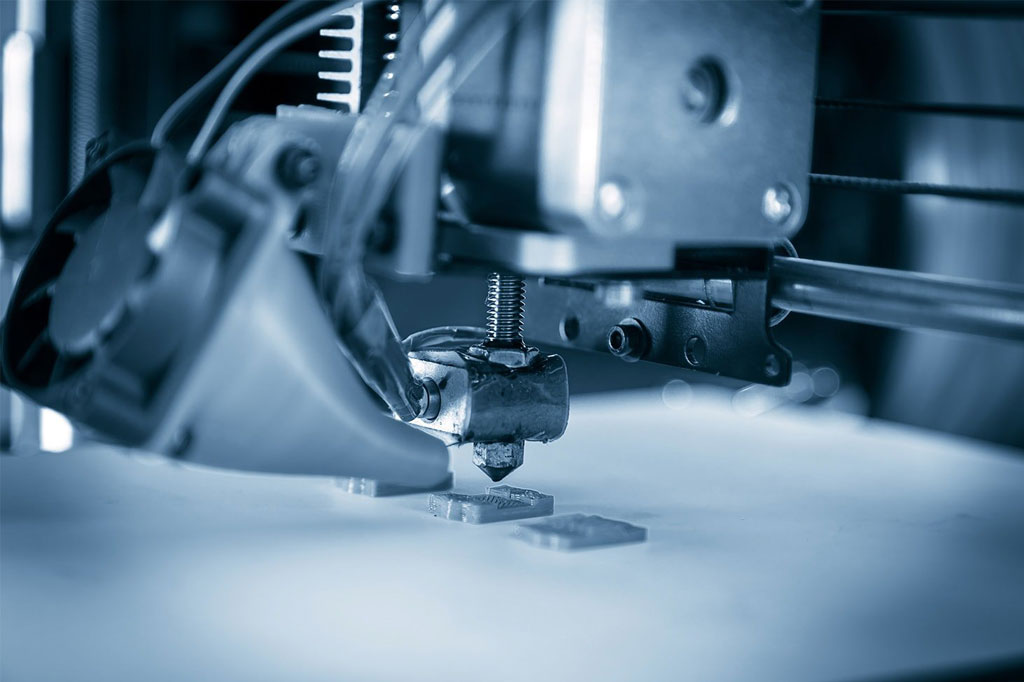FEP film is a high-performance thermoplastic material widely used in electrical and electronic applications due to its exceptional dielectric properties. As a member of the fluoropolymer family, FEP shares many similarities with PTFE, but it also brings unique processing advantages and flexibility.
Its combination of electrical insulation, chemical resistance, and mechanical stability makes it a reliable material for industries such as aerospace, telecommunications, power distribution, and electronics manufacturing.
Understanding Dielectric Properties
The dielectric properties of a material describe its ability to act as an electrical insulator while storing and dissipating electric energy. In simple terms, a dielectric resists electrical conduction but allows electric fields to pass through. The most relevant dielectric properties for FEP film include:
- Dielectric constant (relative permittivity): Measures how well the material stores electrical energy in an electric field.
- Dielectric strength: Refers to the maximum electric field the material can withstand without electrical breakdown.
- Dissipation factor (loss tangent): Indicates how efficiently the material stores energy versus how much is lost as heat.
- Volume and surface resistivity: Measure the resistance to current flow through the bulk of the material and along its surface.
For engineers and designers, these properties are critical when choosing insulating materials for wires, cables, capacitors, and other components exposed to electric fields.
Dielectric Properties of FEP Film
FEP film demonstrates an excellent balance of dielectric properties, making it highly desirable in electrical insulation applications.
- Dielectric Constant: FEP film has a relatively low dielectric constant of about 2.1 over a wide frequency range. This consistency is important because it means the film maintains stable performance across different electrical and RF (radio frequency) environments.
- Dielectric Strength: The dielectric strength of FEP is typically around 60–150 kV/mm, depending on film thickness and test conditions. This high value ensures strong resistance against electrical breakdown, which is essential in high-voltage insulation and cable applications.
- Dissipation Factor: FEP exhibits a very low dissipation factor (as low as 0.0002 at 1 kHz), which means it wastes minimal energy as heat. This property is useful in applications involving high-frequency or microwave signals, where low energy loss is crucial.
- Resistivity: FEP film has outstanding volume and surface resistivity, typically greater than 10^17 ohm·cm. This ensures excellent insulation performance even in challenging conditions.
- Temperature Stability: FEP’s dielectric characteristics remain consistent over a broad temperature range, from -200°C to +200°C. This makes it suitable for extreme environments where other plastics may fail.
Advantages of FEP Film in Electrical Applications
The dielectric properties of FEP film translate into several real-world benefits in electrical and electronic systems:
- High-Voltage Insulation: The combination of high dielectric strength and low dissipation factor makes FEP a dependable insulating layer in high-voltage power cables and electronic components.
- Microwave and RF Applications: Due to its stable dielectric constant and low energy loss, FEP film is widely used in coaxial cables, RF connectors, and antenna systems. It allows precise signal transmission with minimal interference.
- Thermal and Chemical Resistance: Unlike many conventional plastics, FEP maintains its dielectric properties in extreme environments, including exposure to high heat, cryogenic temperatures, and aggressive chemicals. This makes it ideal for aerospace wiring and harsh industrial settings.
- Thin and Flexible Form: FEP can be manufactured into thin, transparent films while retaining dielectric strength. This flexibility allows it to be laminated, wrapped, or bonded to other substrates in compact electronic assemblies.
- Long-Term Reliability: The inherent non-stick and non-hygroscopic properties of FEP help it resist moisture absorption, corrosion, and surface contamination. This enhances the lifespan of insulated components.
Applications of FEP Film in the Electrical Industry
Thanks to its dielectric properties, FEP film finds extensive use across diverse applications:
- Wire and Cable Insulation: FEP-coated wires are used in telecommunications, aerospace, and military systems where low signal loss and high voltage endurance are critical.
- Capacitors: FEP serves as a dielectric layer in film capacitors, offering stability, reliability, and high energy storage capacity.
- Printed Circuit Boards (PCBs): FEP films are applied as insulation layers in multilayer PCBs to ensure electrical separation and high-frequency signal integrity.
- Transformer and Motor Insulation: The material’s heat and chemical resistance make it suitable for slot liners, phase insulation, and layer insulation in transformers and electric motors.
- Microwave Components: With its low dielectric loss, FEP is used in microwave circuits, waveguides, and antenna substrates to maintain signal strength.

